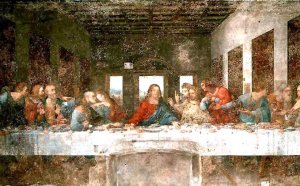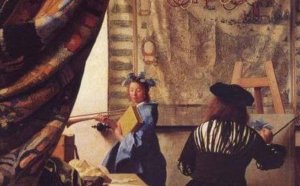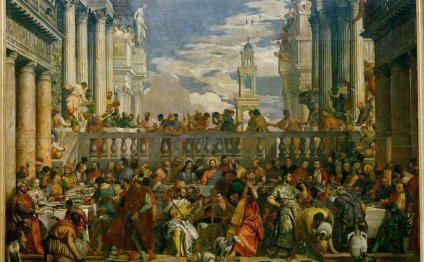
Painters in Renaissance period
The English Renaissance was a cultural and artistic movement in England dating from the late 15th to the early 17th century. It is associated with the pan-European Renaissance that is usually regarded as beginning in Italy in the late 14th century. Like most of northern Europe, England saw little of these developments until more than a century later. The beginning of the English Renaissance is often taken, as a convenience, to be 1485, when the Battle of Bosworth ended the Wars of the Roses and inaugurated the Tudor Dynasty. Renaissance style and ideas, however, were slow to penetrate England, and the Elizabethan era in the second half of the 16th century is usually regarded as the height of the English Renaissance.
The English Renaissance is different from the Italian Renaissance in several ways. The dominant art forms of the English Renaissance were literature and music. Visual arts in the English Renaissance were much less significant than in the Italian Renaissance. The English period began far later than the Italian, which is usually considered to begin in the late 14th century, and was moving into Mannerism and the Baroque by the 1550s or earlier. In contrast, the English Renaissance can only be said to begin, shakily, in the 1520s, and continued until perhaps 1620.
Literature[edit]
England had a strong tradition of literature in the English vernacular, which gradually increased as English use of the printing press became common by the mid 16th century. By the time of Elizabethan literature a vigorous literary culture in both drama and poetry included poets such as Edmund Spenser, whose verse epic had a strong influence on English literature but was eventually overshadowed by the lyrics of William Shakespeare, Thomas Wyatt and others. Typically, the works of these playwrights and poets circulated in manuscript form for some time before they were published, and above all the plays of English Renaissance theatre were the outstanding legacy of the period. The works of this period are also affected by Henry VIII's declaration of independence from the Catholic Church and technological advances in sailing and cartography, which are reflected in the generally nonreligious themes and various shipwreck adventures of Shakespeare.
The English theatre scene, which performed both for the court and nobility in private performances, and a very wide public in the theatres, was the most crowded in Europe, with a host of other playwrights as well as the giant figures of Christopher Marlowe, Shakespeare and Ben Jonson. Elizabeth herself was a product of Renaissance humanism trained by Roger Ascham, and wrote occasional poems such as at critical moments of her life. Philosophers and intellectuals included Thomas More and Francis Bacon. All the 16th century Tudor monarchs were highly educated, as was much of the nobility, and Italian literature had a considerable following, providing the sources for many of Shakespeare's plays. English thought advanced towards modern science with the Baconian Method, a forerunner of the Scientific Method. The language of the, first published in 1549, and at the end of the period the Authorised Version ("King James Version" to Americans) of the Bible (1611) had enduring impacts on the English consciousness.
YOU MIGHT ALSO LIKE
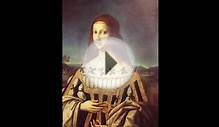
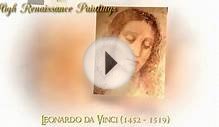

Share this Post
Related posts
Renaissance in Italy Art
In keeping with the spirit of humanism, artists of the early Renaissance strove to portray lifelike human forms with correct…
Read MorePaintings from Renaissance period
History of Renaissance Art The Renaissance, or Rinascimento , was largely fostered by the post-feudal growth of the independent…
Read More
